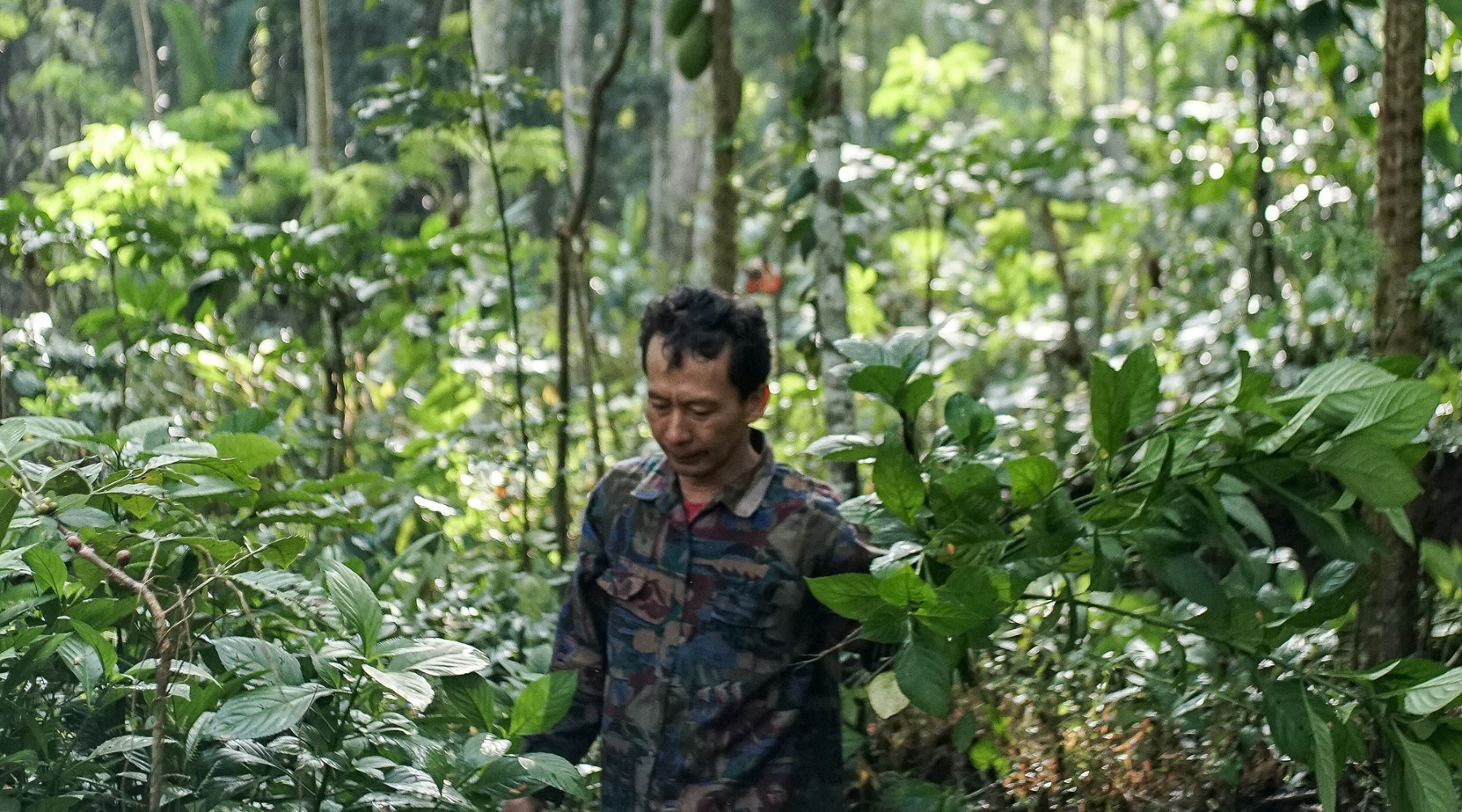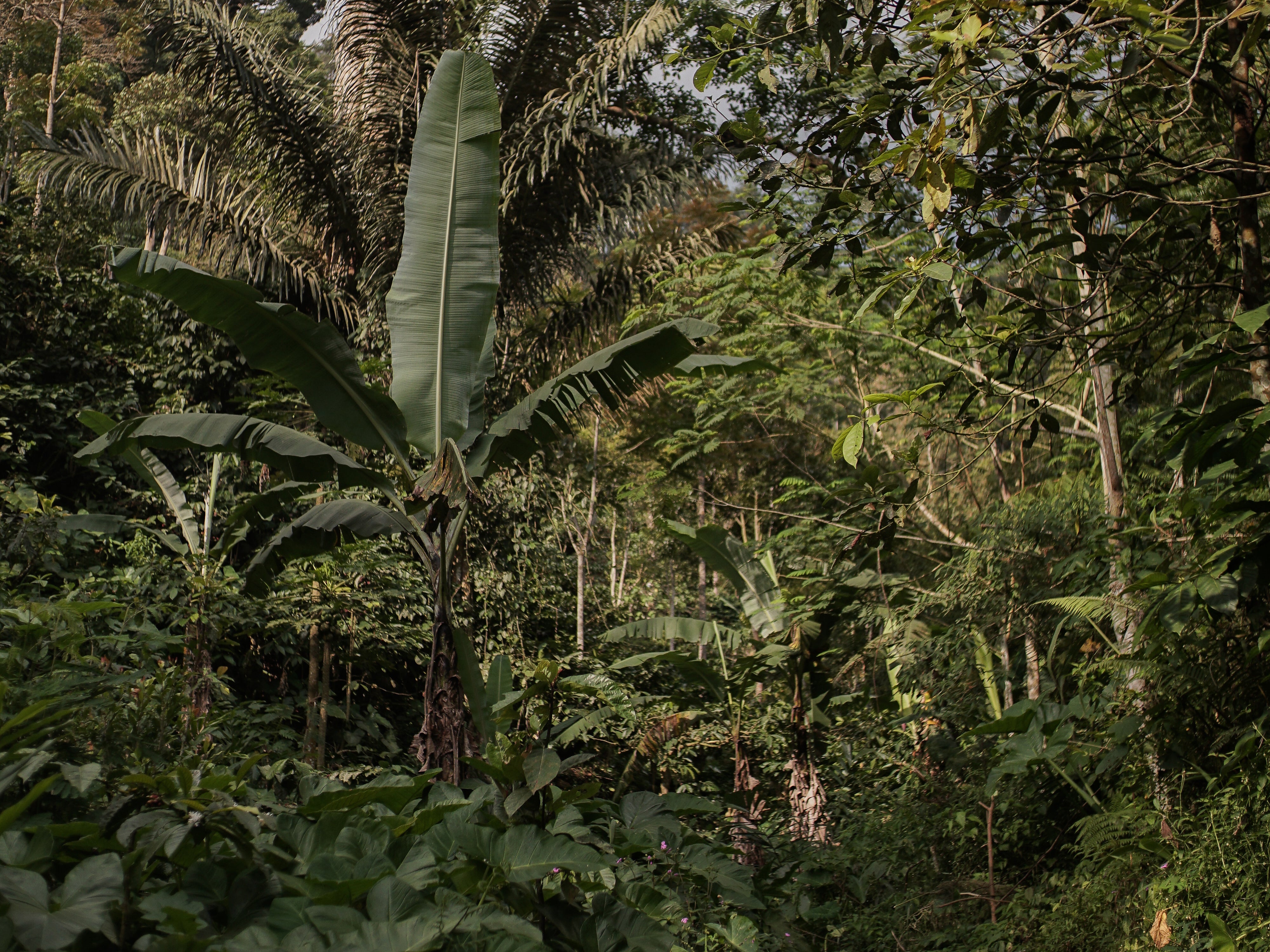
In 2024, we go beyond planting trees.
Trees are amazing. They provide us with oxygen, filter the air, store carbon and so much more. That’s why we started our 1 tree planted for every purchase program back in 2020. Since then, we have - together with you and our foundation - planted 28,000 trees in Sumatra and West Timor.
And that’s something we’re very proud of. For each of these trees will continue to provide much needed shade and nourishment to the land that was once degraded for years to come.
Yet as our understanding of the importance of biodiversity and regenerative farming has evolved and grown over the past 4 years, we feel that it’s time to upgrade our program to incorporate all the learnings in our never ending journey of finding what works.
That’s why starting in 2024, we are taking a more holistic approach that’s not solely about planting trees but focuses on biodiversity and land regeneration:
From this year onwards, we’re investing 1% of our revenue to support programs that boost biodiversity and soil health in rural Indonesia - programs of our foundation and those of aligned grassroot organisations.
While that will still involve tree planting every now and then, the new program also includes investments in trainings on the benefits of biodiversity, research in new methods to improve soil health and fertility, starting a flower nursery for bees and butterflies, how to make organic compost, and a whole bunch of cute baby goats to helps our farmers reintegrate livestock in their farms.

Because ultimately, while trees are a true miracle, sometimes just planting them isn’t enough. They need to be part of an integrated system that works for nature and local communities alike. So farmers have an incentive to protect them - and their soils are fertile enough to provide for their needs without having to clear additional land.
What we see again and again - especially in East Indonesia - is that the boom of monoculture farming (usually corn for animal feed, not human consumption) not only makes farmers dependent on expensive (and toxic) chemicals. They usually go hand in hand with forests being cleared as old land becomes less productive.

Going back to indigenous regenerative practices is so important as it allows farmers to become more self-reliant and resilient against the challenges of climate change: Giving back to the soil allows it to be more productive and hold more water - to be less vulnerable to drought and erosion. All without the need for chemicals.
The best part: By focusing on biodiversity, we are effectively mimicking forests: By including many different kinds of plants in the same plot, by integrating livestock and creating space for useful insects - we can actually create farms that - just like forests - naturally absorb carbon from the atmosphere. Returning it where it’s needed to give new life: the soil.
Through this program, we want to invite you to become part of the regenerative revolution. Where you help us restore biodiversity and soil health with every purchase. I hope you’re as excited as we are for this new journey!




